The Streak Continues: 289
I totally couch-potatoed it yesterday afternoon with the Fed-Ex golf and NFL on the big screen. In a zombie-like state, I fell asleep several times until I finally got into bed at about eleven. I woke at 3:45am and was trying to decide whether to try to go back to sleep or get up and finish this blog post when I remembered that I had to leave home at 6:30am this morning to head to the Polk County courthouse in Bartow to report for jury duty. Yikes!
This post, published at about 5:15am, took me about 1 3/4 hours to prepare and makes 289 in a row.
As always, I would appreciate your using the BIRDS AS ART B&H affiliate links for all of your major gear, video, and electronic purchases, using our Amazon logo-link for all of your household purchases, and visiting the BAA Online Store for your tripod, tripod head, LensCoat, miscellaneous, accessories, and eGuide purchases as well. Please remember, web orders only. 🙂
You can find the following items in the Store: Gitzo tripods, Mongoose M3.6 and Wimberley heads, plates, low feet, and accessories, flash brackets, , Delkin e-film Pro Compact Flash Cards, LensCoat products, and our unique line-up of educational materials including ABP I & II, Digital Basics, Site and Set-up e-Guides, Canon and Nikon Camera Users and AF e-Guides, and MP-4 Photoshop video tutorials among others.
For the photographic stuff mentioned in the paragraph above we, meaning BAA, would of course greatly appreciate your business. Purchasing the items listed above from B&H actually hurts us :). Here is a huge thank you to the many who have been using our links on a regular basis and visiting the BAA Online store as well.
Used Photography Gear Sales Updates
Mike Gotthelf’s 800mm f/5.6L IS and Walt Anderson’s EOS-1D Mark IV both sold this week. And amazingly, Brent Bridges sold his old 500 within two hours of publication of the blog. And then he sold his two Series II TCs that afternoon. Talk about effective….
Selling Your Used Photo Gear Through BIRDS AS ART
Selling your used (or like-new) photo gear through the BAA Blog or via a BAA Online Bulletin is a great idea. We charge only a 5% commission. One of the more popular used gear for sale sites charges a minimum of 20% plus assorted fees! Yikes. The minimum item price is $500 (or less for a $25 fee). If you are interested please e-mail with the words Items for Sale Info Request cut and pasted into the Subject line :). Stuff that is priced fairly–I offer free pricing advice, usually sells in no time flat. In the past few months, we have sold just about everything in sight. Click here to see all the current listings.
|
This image was created with the Canon 24-105mm f/4L IS EF USM AF lens hand held at 28mm with the Canon EOS 5D Mark III Digital camera body. ISO 400: 1/1600 sec. at f/13 in Manual mode. Central sensor Surround/AI Servo/Rear Focus AF and recompose. Click here if you missed the Rear Focus Tutorial. Click on the image to see a larger, sharper version.
|
Exposure Quiz Answers and Explanations
In the blog post of September 8, 2014 here, I posted this:
Exposure Quiz
OK boys and girls, here is your chance to shine and show how much you have learned here. List the images by number like this:
#1:
#2:
#3:
#4:
#5:
#6: +1 1/3 stops.
and then type in what you think is the correct exposure compensation for each image. I have given you my best guess for #6. Nikon folks will on average need to add 2/3 stop to their Nikon exposure compensations. When we follow up I will share my thoughts on each exposure and we will have Clemens chime in with his best recollections.
Eight folks took a crack at it and most did fairly well.
I had Clemens e-mail me the exposure compensation that he thought had likely been used for each image. Prior to that, I sent myself an e-mail with the ECs that I though would be best.
Image #1
Image #1 was the most difficult of the six. Here’s how it looked to us: Clemens: +1/3. artie: +1. Even though the meter is smarter when the sun is out at full strength (as it was here) than it is in cloudy or overcast conditions, we both realized that at least some light needed to be added to bring up he detail on the black rain gear. I went with more plus than Clemens because the meter would be seeing lots of bright white in the center of the frame after re-composing. Ideally in this situation you would want a very few blinkies on the snow. Why? To make sure that you maximize detail on the black rain suit.
With image #1 we were 2/3 stop apart. For the next five we were either right-on or 1/3 stop apart. We hope that you are impressed :).
|
This image was created with the Canon EF 24-70mm f/2.8L II USM lens (hand held at 24mm) and the Canon EOS 5D Mark III. ISO 400: 1/80 sec. at f/8 in Manual mode. Central sensor/AI Servo/Surround Rear Focus AF on the nearest penguin and re-compose. Click here to see the latest version of the Rear Focus Tutorial. Click on the image to see a larger version.
|
Image #2
Clemens suggested +1 for this pink/purple/blue moonscape. I went with +1 1/3 stop. The key here is to realize that without the full moon in the frame you would want to add at least 2 stops of light to this image. But. And this is the important but. You want to make sure to avoid blinkies on the moon itself. Having faced this situation before, I would–in retrospect–agree that +1 would be safer than +1 1/3.
|
This image was created with the Canon EF 500mm f/4L IS II USM lens, a Canon Extender EF 1.4X III, and the Canon EOS 5D Mark III. ISO 400: 1/80 sec. at f/8 in Manual mode. One sensor to the left of the central sensor/AI Servo/Surround Rear Focus AF on the neck of the nearest penguin was active at the moment of exposure. Click here to see the latest version of the Rear Focus Tutorial. Click on the image to see a larger version.
|
Image #3
For this whimsical image we both suggested an exposure compensation of +2 1/3 stops. How did we get so smart? In very soft light on cloudy days the camera’s meters are stupid; the lighter the overall tonality of the image, the stupider they are. Here the scene averages almost to pure white, thus a large positive EC is called for. Only the relatively tiny amounts of black on the penguin’s heads influence the meter to open up (albeit fractionally). +2 2/3 would likely not have hurt you here.
|
This image was created with the Sigma 50-500mm f/4.5-6.3 APO DG OS HSM lens for Canon EOS (hand held at 203mm) and the Canon EOS-1D X. ISO 500: 1/320 sec. at f/11 in Manual mode. Central sensor/AI Servo/Surround Rear Focus AF on the nearest penguin and re-compose. Click here to see the latest version of the Rear Focus Tutorial. Click on the image to see a larger version.
|
Image #4
This one was another close call with the choice being between +1 (my suggested EC) and Clemen’s +2/3. With the very soft light and the close to but slightly lighter than a middle-toned background the trick here is to wind up with bright whites on the penguins belly and thus as much light as possible on the dark tones of the bird’s upperparts. Which exposure would have been perfect here? Whichever one would have avoided significant blinkies on the penguin’s white feathers.
|
This image was created with the Sigma 50-500mm f/4.5-6.3 APO DG OS HSM lens for Canon EOS (this one hand held at 500mm) and the Canon EOS 5D Mark III. ISO 400: 1/320 sec. at f/16 in Manual mode. Central sensor/AI Servo/Surround Rear Focus AF behind the base of the long toe on the bird’s left foot and re-compose. Click here to see the latest version of the Rear Focus Tutorial. Click on the image to see a larger version.
|
Image #5
This was another very close call. I hemmed and hawed when trying to decide between Clemens’ +2 1/3 stops and the +2 2/3 stops that I eventually went with. Why so much plus compensation? The light is soft and the scene averages nearly to pure white. Note that at point-blank range Clemens went with a small aperture to ensure that the feet were sharp from front to back.
|
This image was also created with the Canon EF 24-70mm f/2.8L II USM lens (hand held again at 24mm) and the Canon EOS 5D Mark III. ISO 400: 1/60 sec. at f/14 in Manual mode. Central sensor/AI Servo/Surround Rear Focus AF on the second closest penguin and re-compose. Click here to see the latest version of the Rear Focus Tutorial. Click on the image to see a larger version.
|
Image #6
Both Clemens and I knew that +1 1/3 stop would be perfect here. Why not +2 or more stops here? Because the dark rock formation that occupied a good portion of the frame would influence the meter toward over-exposure.
Kudos to Tom Lamb whose suggested Exposure Compensations matched either Clemens’ or mine in five of the six cases. His sixth one (Image #3) missed by only 1/3 stop. Art Buesing was a close second.
|
Fort DeSoto in fall is rich with tame birds. All of the images in this card were created at Fort DeSoto in either late September or early October. I hope that you can join me there this October. Click on the composite to enjoy a larger version. |
First-ever BIRDS AS ART In-the-Field/Meetup Workshop Session (ITF/MWS): $50
Join me on the afternoon of October 10, 2014 for 3-hours of photographic instruction at Fort DeSoto Park. Beginners are welcome. Lenses of 300mm or longer are recommended but even those with 70-200s should get to make some nice images. Teleconverters are always a plus.
You will learn the basics of digital exposure and image design, autofocus basics, and how to get close to free and wild birds. We should get to photograph a variety of wading birds, shorebirds, terns, and gulls. This inexpensive afternoon workshop is designed to give folks a taste of the level and the quality of instruction that is provided on BIRDS AS ART Instructional Photo-tours. I hope to meet you there.
To register please call Jim or Jennifer during weekday business hours with a credit card in hand to pay the nominal registration fee. Your registration fee is non-refundable. You will receive a short e-mail with instructions, gear advice, and meeting place at least two weeks before the event.
|
Obviously folks attending the IPT will be out in the field early and stay late to take advantage of sunrise and sunset colors. The good news is that the days are relatively short in October. Click on the composite to enjoy a larger version. |
Fort DeSoto Fall IPT/October 11-13, 2014. 3 FULL DAYs: $1099. Limit 8.
Fort DeSoto, located just south of St. Petersburg, FL, is a mecca for migrant shorebirds in fall. There they join hundreds of egrets, herons, night-herons, gulls, and terns who winter on the T-shaped peninsula that serves as their wintering grounds. With any luck, we should get to photograph two of Florida’s most desirable shorebird species: Marbled Godwit and the spectacular Long-billed Curlew. Black-bellied Plover and Willet are easy, American Oystercatcher likely. Great Egret, Snowy Egret, Great Blue Heron, and Tricolored Heron are easy as well and we will almost surely come up with a tame Yellow-crowned Night-Heron or two. We should get to do some Brown Pelican flight photography. And Royal, Sandwich, Forster’s, and Caspian Terns will likely provide us with some good flight opportunities as well. Though not guaranteed Roseate Spoonbill and Wood Stork would not be unexpected.
Folks who sign up for the IPT are welcome to join us on the ITF/MWS on Friday afternoon as my guest. See above for details on that.
On the IPT you will learn basics and fine points of digital exposure and to get the right exposure every time after making a single test exposure, how to approach free and wild birds without disturbing them, to understand and predict bird behavior, to identify many species of shorebirds, to spot the good situations, to choose the best perspective, to see and understand the light, to, and to design pleasing images by mastering your camera’s AF system. And you will learn learn how and why to work in Manual mode (even if you’re scared of it).
At lunch (included) we will review my images–folks learn a ton watching me edit–why keep this one and delete that one. If you opt to bring your laptop, we will take a look at five of your best images from the morning session. We will process a few of my images in Photoshop after converting them in DPP. That followed by Instructor Nap Time.
If you decide to register and are traveling to attend this IPT, please make your reservations at the Beachcomber Beach Resort, 6200 Gulf Blvd, St. Petersburg (St. Pete Beach), FL 33706 (727-367-1902) as soon as possible as rooms for the weekend days are scarce: ARR: 10 OCT/DEP 14 OCT. I stayed there on my last DeSoto visit and was quite happy with it. Lodging is tough in Florida at this season…. The best airport is Tampa (TPA). It is always best if IPT folks stay in the same hotel so if you are interested it would be a good idea to register now and make your hotel reservations as well. We can, however, coordinate easily with local folks who opt to stay at home either by cell phone or e-mail.
Because of the relatively late date, payment is full is due upon registration either by check or credit card. If the former, please e-mail us immediately so that we can save you a spot. If the latter, please call Jim or Jennifer during weekday business hours at 863-692-0906 with a credit card in hand to register . Your registration fee is non-refundable unless the IPT sells out with eight so please check your plans carefully before committing. You will receive a confirmation e-mail with detailed instructions, gear advice, and first morning meeting place about one month before this IPT.
|
BAA Site Guides are the next best thing to being on an IPT. |
Fort DeSoto Site Guide
Can’t make the IPT? Get yourself a copy of the Fort DeSoto Site Guide. Learn the best spots, where to be when in what season in what weather. Learn the best wind directions for the various locations. BAA Site Guides are the next best thing to being on an IPT. You can see all of them here.
Be sure to like and follow BAA on Facebook by clicking on the logo link upper right. Tanks a stack!
Support the BAA Blog. Support the BAA Bulletins: Shop B&H here!
We want and need to keep providing you with the latest free information, photography and Photoshop lessons, and all manner of related information. Show your appreciation by making your purchases immediately after clicking on any of our B&H or Amazon Affiliate links in this blog post. Remember, B&H ain’t just photography!
Amazon.com
Those who prefer to support BAA by shopping with Amazon may use this link:
Amazon Canada
Many kind folks from north of the border, ay, have e-mailed stating that they would love to help us out by using one of our affiliate links but that living in Canada and doing so presents numerous problems. Now, they can help us out by using our Amazon Canada affiliate link by starting their searches by clicking here. Many thanks to those who have written.
Typos
In all blog posts and Bulletins, feel free to e-mail or to leave a comment regarding any typos, wrong words, misspellings, omissions, or grammatical errors. Just be right. 🙂

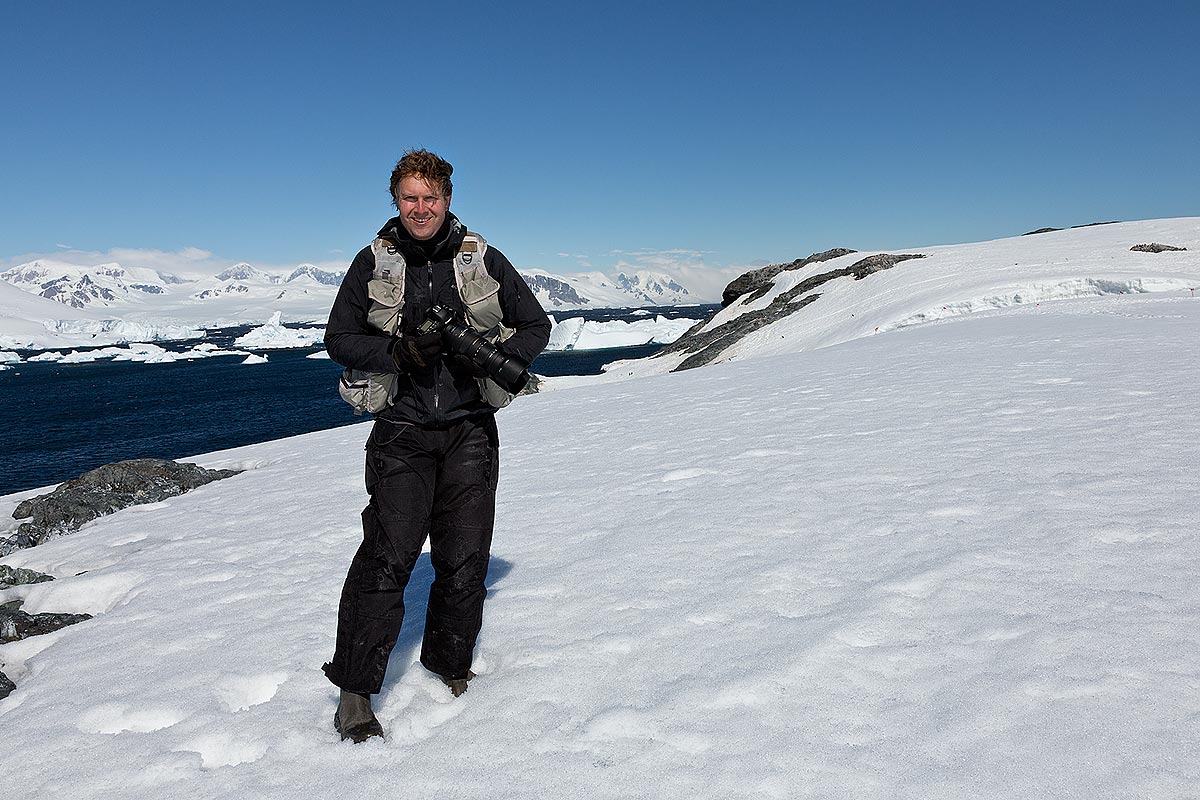
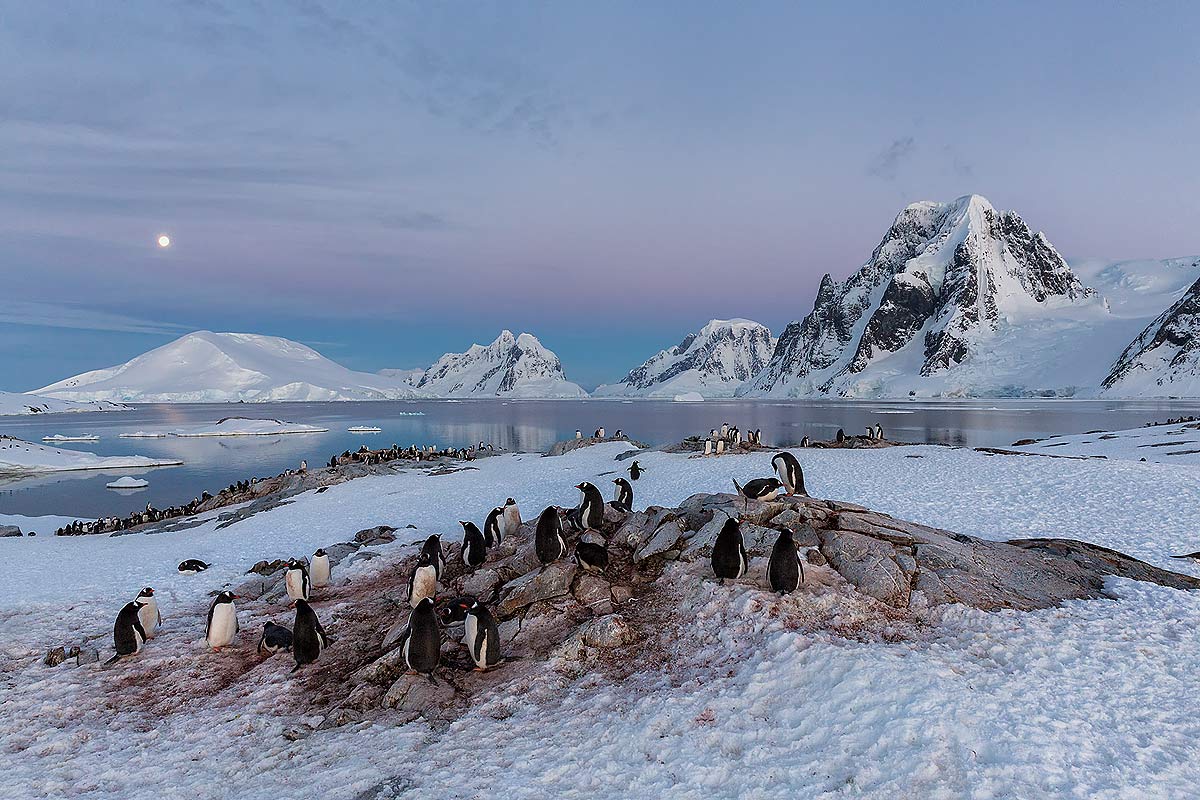
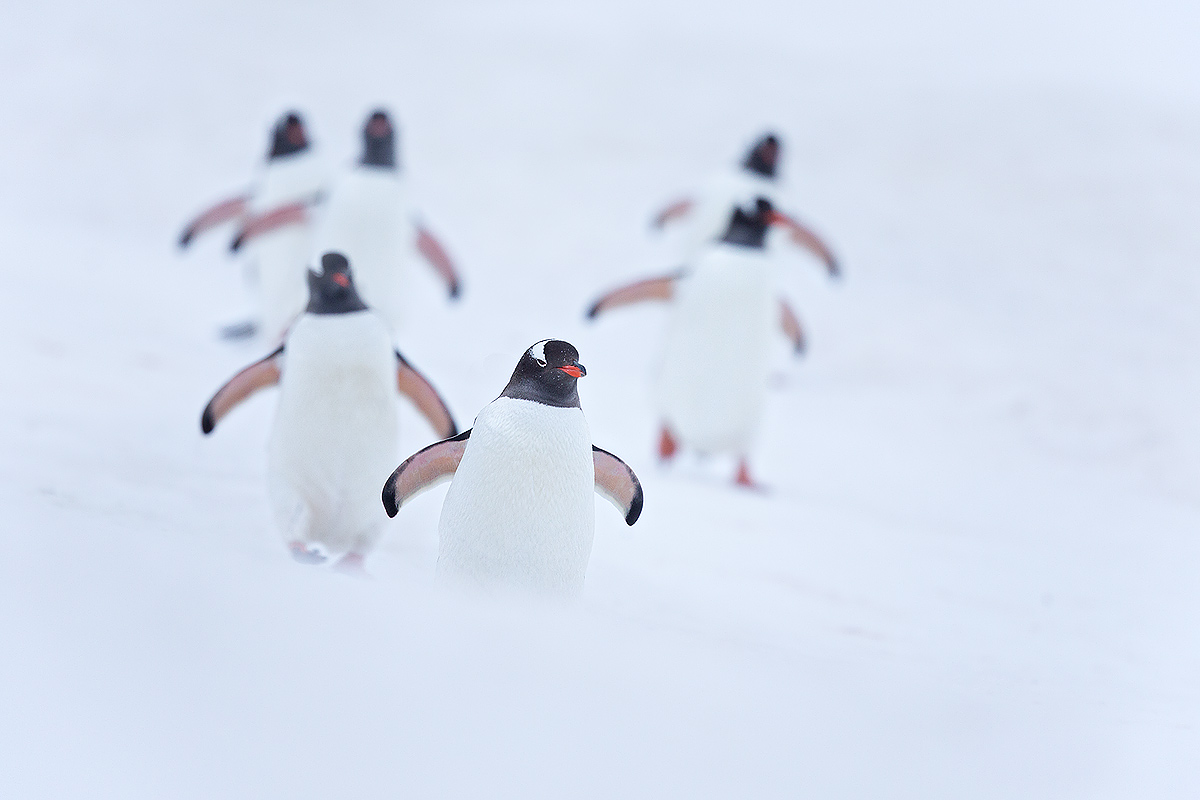
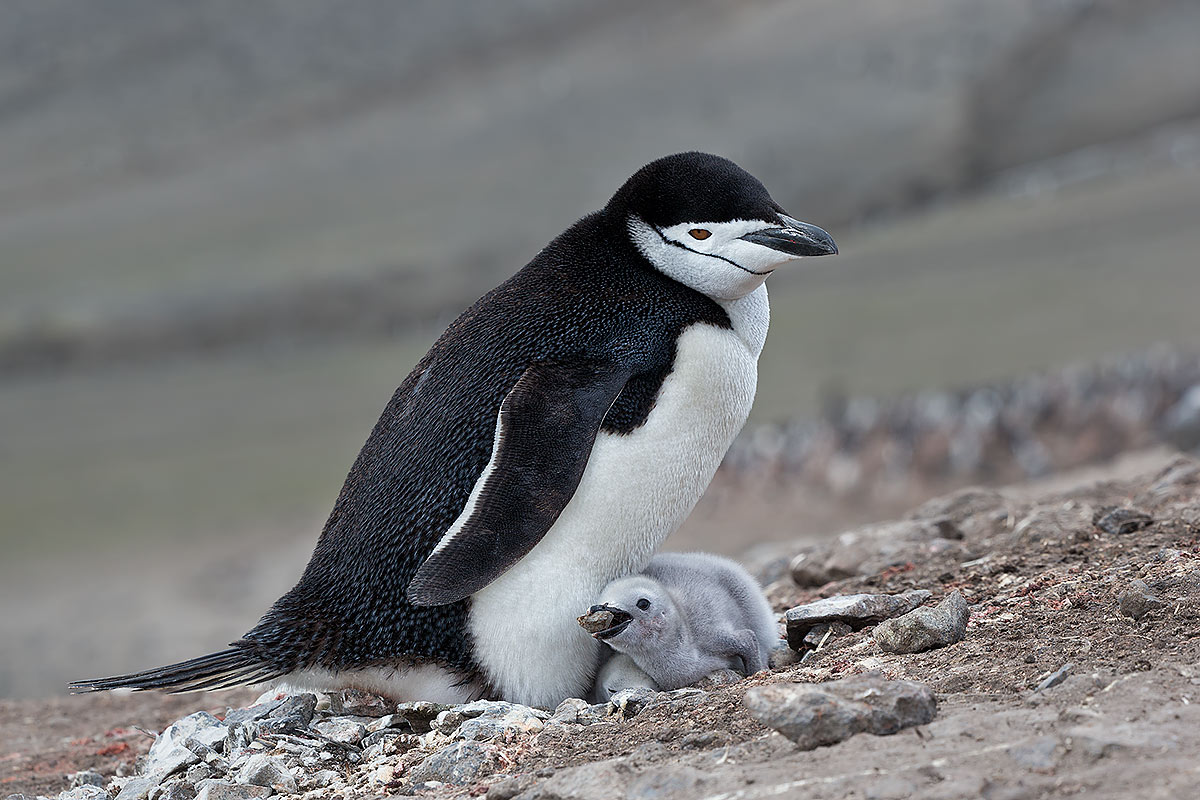
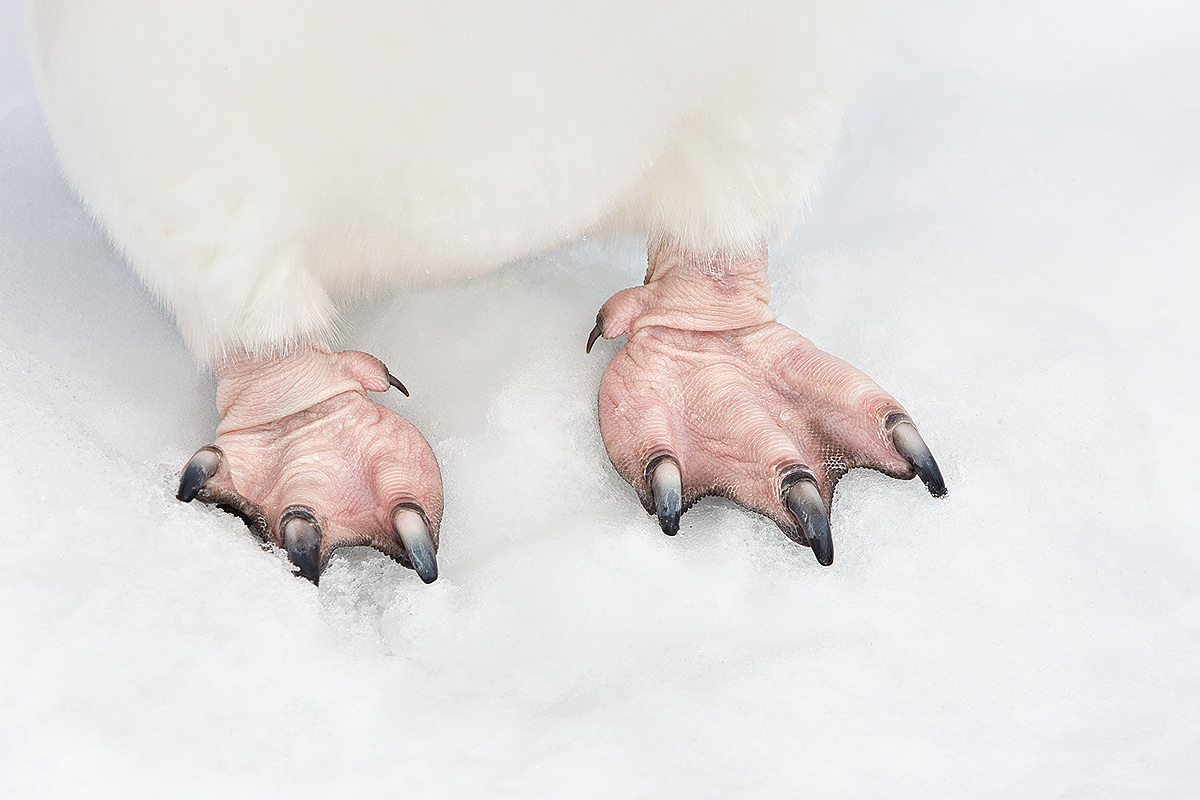
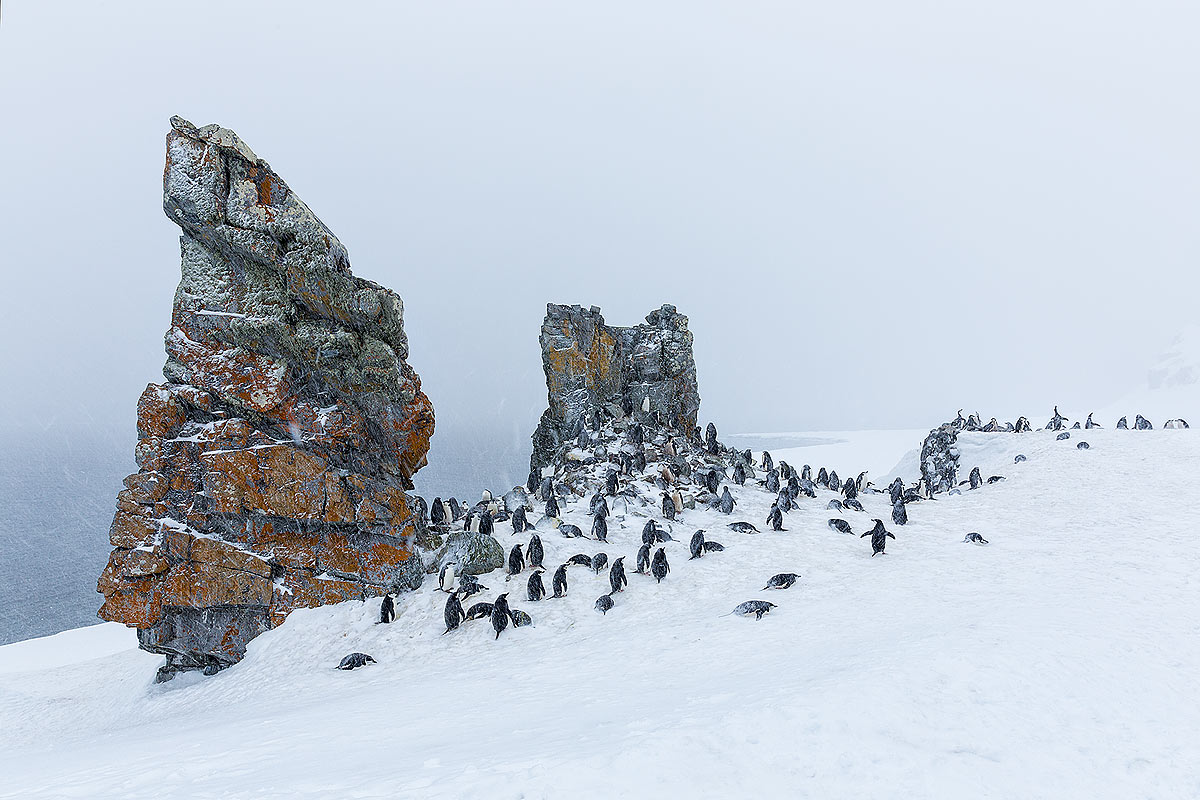
















Great lesson today, Artie
Many thanks Michelle 🙂 artie